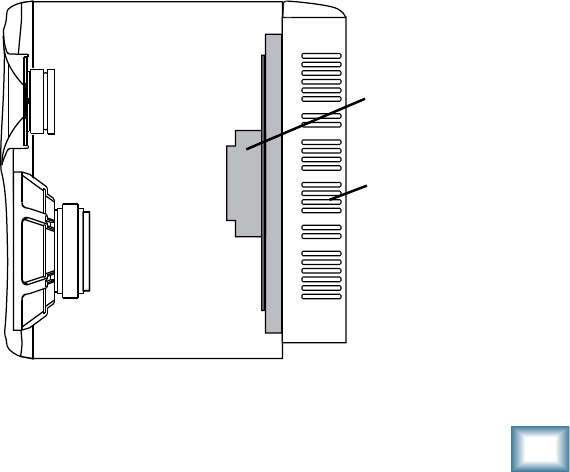
3
Owner’s Manual
Owner’s Manual
INTRODUCTION
• The ampliers are designed to provide maximum
acoustic output from the speakers, yet minimize
the danger of speaker damage due to overdriving.
• In addition, the ampliers’ gain and frequency
responses are individually hand-trimmed to
compensate for typical manufacturing tolerances
between the drivers and produce a smooth
frequency response from 45 Hz to 20 kHz.
• The connecting wires between the amplier outputs
and the drivers are kept to an absolute minimum,
so the damping factor of the amplier isn’t
compromised by the resistance of long speaker
cables.
• The acoustic sum of the outputs from the two
drivers are optimized electronically, as well as
physically, so the amplitude response is unity and
the phase difference is minimal.
In short, all the complex interconnected components
in the system are designed to work in harmony with
each other to produce the best possible sound.
The Transducers...
The monitors feature a 6.7-inch high-precision, low-
distortion woofer and a 1-inch ferrouid cooled titanium
dome tweeter on the front, and a 6-inch x 9-inch
elliptical at piston passive radiator in the back.
The high-frequency driver is mounted on a massive,
acoustically non-resonant die-cast aluminum
exponential waveguide, which results in wide,
controlled
dispersion of high-frequency sounds. The
unique passive
radiator design provides a smooth
response down to 45 Hz – an astounding
accomplishment for a cabinet of this size! And since
the radiator is producing most of the sound at the
lowest frequencies, there is very little distortion from
the woofer because its cone movement is minimal at
those frequencies.
Thank you for choosing the Mackie HR624 MK2 Studio
Monitors. We began producing the original HR624
Studio Monitors in 2001, the baby brother to our agship
HR824 Studio Monitors. The HR624 MK2s have been
redesigned with modern components for improved
accuracy and an extended low-frequency response.
Investments in Excellence...
When we decided it was time to update the HR624s,
we turned to our expert loudspeaker and transducer
design engineering team at EAW to determine how to
make an already excellent studio monitor even better.
The rst thing they noticed was that the front bafe
could be redesigned with a rounder aluminum
construction to further reduce edge diffraction for
improved imaging. The volume of the cabinet was
increased slightly to improve the low-frequency
response. The ampliers have been adjusted with all
new ‘voicing’ to match the new cabinets. However, the
ampliers’ design is fundamentally the same and has a
very similar characteristic to the original model. If you
are upgrading from the original HR624s, you won’t have
to relearn the sound. The MK2s still deliver the clarity,
ultra-linear frequency response, and broad stereo
imaging of the originals.
An elegant piano-black gloss nish emphasizes that
these studio monitors are in a class by themselves,
pleasing to the most discerning eye as well as the most
discerning ear.
The result? The HR624 MK2 Studio Monitors are
extremely accurate and versatile, loaded with unique
controls that allow you to ne-tune the sound to match
your individual environment precisely. You’re gonna love
these!
What are they? The Advantages...
The HR624 MK2 Studio Monitors are high-
resolution
, two-way, bi-amplied, active monitors
employing a 6th-order Butterworth system with a
built-in rear-ring mass-loaded passive radiator.
Whew! There are many benets to integrating an
active crossover, power ampliers, and drivers into
a single cabinet, and we’ve taken full advantage of
these benets in the design of the HR624 MK2.
•
The crossover point is designed so that the
high- and low-frequency drivers are fed only the
frequencies they are best able to reproduce.
Figure 1. HR624 MK2 Cutaway side view
Tweeter
Woofer
Passive Radiator
Power Amplifier/
Crossover Assembly


















